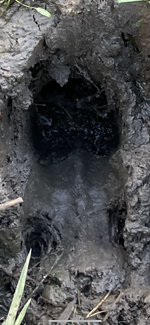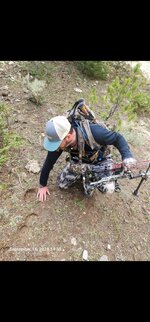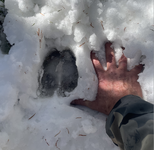Camptravis
FNG
- Joined
- Apr 20, 2022
- Messages
- 8
I'm interested in learning all I can about tracking and scouting for elk. One thing that I have had trouble with is distinguishing a bull elk track from a cow elk track. I've heard multiple theories suggesting things like "only bulls have declaws", "bull tracks are more rounded in shape", "if it's by itself it's a bull" and differences in size. Some of these may be accurate, but I'd like to know the real measurable distinguishing characteristics.
Like has anyone ever measured and compared the hoof of a harvested bull vs a cow? What would the actual mearsurable dimensions be? Is there somewhere I can learn the science of the topic like a published study or maybe a book written about tracking?
Basically I'm just trying to absorb all the information I can about this subject in order to improve my tracking and scouting skills. Also any other sign characteristics you can share would be helpful such as bull droppings, certain trail characteristics of bulls, etc. Thanks for any info you guys can help me with. This is an awesome community and I know there's gotta be some experienced elk trackers who could drop some tidbits of knowledge. Looking forward to the replies!
Like has anyone ever measured and compared the hoof of a harvested bull vs a cow? What would the actual mearsurable dimensions be? Is there somewhere I can learn the science of the topic like a published study or maybe a book written about tracking?
Basically I'm just trying to absorb all the information I can about this subject in order to improve my tracking and scouting skills. Also any other sign characteristics you can share would be helpful such as bull droppings, certain trail characteristics of bulls, etc. Thanks for any info you guys can help me with. This is an awesome community and I know there's gotta be some experienced elk trackers who could drop some tidbits of knowledge. Looking forward to the replies!



